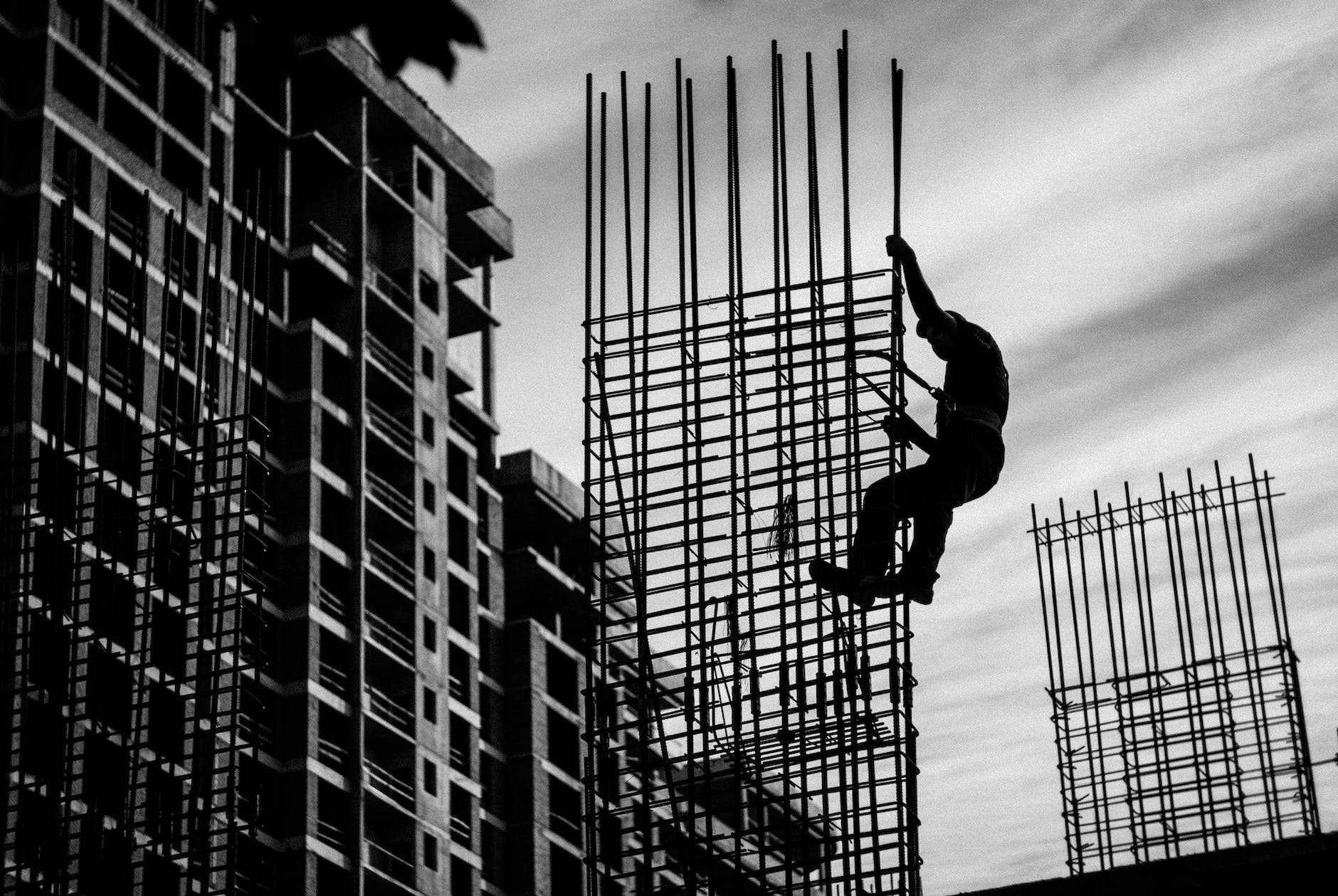The US construction industry is facing a mega worker shortage, which will not end anytime soon. Several factors, like post-pandemic labor and early retirement, affected the construction companies in New York and other US states. Although these companies use construction management software like Bridgit, their workforce is not enough.
According to statistics, New York made the fourth-largest contribution to nationwide construction. But now, the same construction industry lost over 44,000 construction jobs, the worst decline in over 25 years.
The shortage of skilled construction workers has become a pressing issue, affecting timelines, budgets, and the overall quality of projects across the industry. As companies strive to tackle this challenge, it’s crucial to explore innovative strategies and resources that can help bridge the gap.
For those looking to understand how some firms are successfully navigating these waters and investing in the future of construction through training, technology, and community engagement, click here to find out more. This resource offers insight into effective approaches for attracting and retaining talent in the construction sector.
This article will explain the “why” behind the US construction worker shortage and its impact on the industry.
Why is there a construction worker shortage?
First, you must understand that construction worker shortage happens gradually in a country or state. Industrialists and concerned authorities notify the government about the worker shortage before hitting the minimum threshold.
However, the US construction industry is hit by the worst worker shortage, and construction companies struggle to complete projects on time. Here are a few reasons behind the shortage of construction workers.
Coronavirus pandemic
According to a report, the pandemic claimed more than 300,000 workers’ lives in the US. From mid-2020 to today, the US construction industry has not recovered from the labor loss.
Most of the projects that were under construction during the pandemic continued despite the outbreak. Although companies took precautions, laborers had no option but to work together at the construction site.
You already know how contagious this virus is. So, that’s one of the biggest reasons for the US construction worker shortage.
More retirements
Workers in the construction industry opted to retire rather than work in a risky environment. They quit their jobs due to the pandemic and stayed home, looking after their households.
Most of the workers switched jobs despite being offered low salaries. Their main target was to earn money safely. Some people also started working from home in different sectors, leaving the onsite construction jobs, like:
- Concreting – A concrete manager and laborers prepare the concrete mixture.
- Electricity deployment – Electricians deploy the wires and electric units according to the plan.
- Plumbing – Plumbers install pipelines for the water and sewerage system.
- Roofing – Roofers construct the building’s roof and all associated components with the help of other workers.
Laborers kept on retiring and searching for independent work. The construction industry observed a huge difference in new hiring because no one was ready to work in an unsafe environment. So, that also created a shortage in the US construction industry.
Demand for higher wages
Workers demand higher wages due to global inflation. They also claim increased workers’ compensation from the construction companies. However, due to the ongoing worker shortage, companies struggle to pay their workers on time.
The whole wage cycle is disturbed, and laborers are unwilling to work for these companies. So, that also worsens the worker shortage for US construction companies.

Effect of construction worker shortage on the industry
Let’s look at how the worker shortage has affected the US construction industry.
Decreased productivity
The first effect is that construction projects will lack productivity. Since there’s a shortage of workers, it’s difficult to find competent and skilled persons for the job. Even if you find one, you will have no room to negotiate.
Many construction companies struggling due to worker shortages tend to hire workers for low wages. As a result, they don’t have an expert in their teams who manage ongoing construction activities, including:
- Planning – Defining the project scope and scheduling each construction activity.
- Designing – Making required diagrams and models for the construction.
- Budgeting – Estimating construction budget by including every cost.
The lack of skill in the construction team means decreased project productivity. As a result, you can’t satisfy your clients and eventually lose credibility in the industry.
Delayed projects
Construction companies working on projects don’t focus on hiring new workers. Instead, they aim to complete the project before the deadline and then deal with the employee shortage.
When you don’t have enough workforce, the construction project will be delayed, no matter how upgraded technology you use. In addition, the construction industry needs laborers to execute the manual work because not every company can invest in industrial robots and similar technologies.
The current worker shortage in the US has made companies work with fewer employees. Unfortunately, that means the workers are getting more responsibilities than their capacity, eventually affecting their performance.
For example, if you assign a concrete manager to supervise excavation and plumbing, the manager will not effectively perform in all three domains. As a result, the project will stay behind schedule and cause you to make lower profits than expected.
Quality control issues
Lastly, you must deliver quality in every project milestone to win the client’s trust and boost the company’s credibility in the industry. However, due to the construction worker shortage, you might struggle to complete a project, let alone deliver it with quality.
An expert quality controller supervises each construction activity. The quality controller is responsible for verifying the following aspects of the task:
- Compliance to standard – To check every project’s aspect complies with the industry standards.
- Material quality – To check the material quality used in the construction.
- Safety measures – To implement the safety plan and provide necessary kits at the construction site.
When you don’t have a quality control professional on your construction team, the milestones will be delivered unchecked. Since construction is a combination of various activities, you must have particular quality control experts relevant to each activity.
However, the current worker shortage restricts companies from verifying the project quality. Some companies hire unprofessional quality officers just to save their credibility. But that only gives rise to other quality control issues.
Conclusion
The US construction worker shortage is real, and companies are searching for interested candidates. You can also find job openings in the construction industry. However, you must have the right skill and knowledge to qualify for employment.
So, complete the basic requirements, including an apprenticeship, and pursue your career as a construction worker in the US.












Leave a Reply